Around the World in Many Days, II: Madagascar
One thing that one does not see from a taxi-brousse window is wildlife --- none at all. This is not Africa; this is Madagascar --- where wildlife is small (nothing larger than a big dog), often well hidden, and mostly limited to nature reserves and inaccessible wildernesses.
Therefore, nature reserves are the prime tourist attractions in the country --- and our first one was Parc National de Ranomafana, located six kilometres from the village of Ranomafana.
It wasn't exactly what we had expected. People come to Ranomafana primarily to see lemurs in their bamboo rainforest habitat, as well as other local animals, such as chameleons, frogs, birds, and insects. But it so happens that lemurs live high in the canopy, far away from the ground, and are difficult to spot through the foliage, while most of the other animals employ astounding forms of camouflage to hide themselves from predators and humans (those that didn't are no longer among us, gone with the dodo). Thus, seeing many animals on a three- or five-hour guided walk is not a simple task. Fortunately, the park has developed a system to work around this limitation: instead of individual guides (which are mandatory and indeed necessary) attempting to locate animals by themselves, the park employs about forty "animal spotters", which are spread around the park before it even opens, each looking for animals, especially lemurs, within his or her small area. Once an animal spotter --- or rarely, a guide --- spots an attractive animal, he or she calls all the guides on their cell phones, and they all converge on the sighting, with their tourists in tow. Unfortunately, this has the side effect of a "scatter-gather" pattern, whereby twenty or thirty tourists congregate in one place, shoulder to shoulder, all pointing their cameras high up into the trees at a lone sleeping lemur or at a family hopping from branch to branch, then when satisfied departing in slightly different directions, only to converge again minutes later. It almost felt more like a stroll through a natural history museum --- albeit a very humid one --- than through a live tropical forest. This was even more so because our guide made every attempt to show us one specimen of every one of the seven major species of diurnal lemurs living in the park, mentally ticking off their names one after the other, and reminding us how lucky we were to see so many.
Moreover, with one exception, all the lemurs we saw were so far away into the canopy that we had quite some trouble even seeing what our guide was pointing at, and when we were finally able to aim our binoculars or camera in the right direction, we had to believe our guide that the blurry ball of fur or the jumping shadow was indeed this-or-that lemur.
Accordingly, although initially we had thought we would visit the park twice (despite the rather hefty price tag --- US$75 for the entry and a 4-5 hour guided tour), we ended up going there only once.
Still, we did see some mighty amazing animals, as documented in the photos below.
Accommodations:
- Hotel Ihary (2 nights; ok, considering this is a very small village)
Photo captions (names courtesy of our guide, Guy, tempered by my mistakes): (a) lesser bamboo lemur; (b) red-bellied lemur; (c) red-fronted brown lemur; (d-h) greater bamboo lemur; (i) black-and-white ruffed lemur; (j-l) tree frog; (m-n) short-nosed chameleon; (o-p) leaf-tailed gecko; (q-r) two Madagascan nightjars; (s-t) stick insect; (u) the flower of a Eugenia tree; (v) an orchid; (w) the river flowing though the park; (x) children crossing the same river down by the village
R S
11 chapters
16 Apr 2020
[Madagascar] Chapter XVII: Showing what happened on the voyage from lemur to lemur
Ranomafana, Madagascar, 20-22 September 2017
One thing that one does not see from a taxi-brousse window is wildlife --- none at all. This is not Africa; this is Madagascar --- where wildlife is small (nothing larger than a big dog), often well hidden, and mostly limited to nature reserves and inaccessible wildernesses.
Therefore, nature reserves are the prime tourist attractions in the country --- and our first one was Parc National de Ranomafana, located six kilometres from the village of Ranomafana.
It wasn't exactly what we had expected. People come to Ranomafana primarily to see lemurs in their bamboo rainforest habitat, as well as other local animals, such as chameleons, frogs, birds, and insects. But it so happens that lemurs live high in the canopy, far away from the ground, and are difficult to spot through the foliage, while most of the other animals employ astounding forms of camouflage to hide themselves from predators and humans (those that didn't are no longer among us, gone with the dodo). Thus, seeing many animals on a three- or five-hour guided walk is not a simple task. Fortunately, the park has developed a system to work around this limitation: instead of individual guides (which are mandatory and indeed necessary) attempting to locate animals by themselves, the park employs about forty "animal spotters", which are spread around the park before it even opens, each looking for animals, especially lemurs, within his or her small area. Once an animal spotter --- or rarely, a guide --- spots an attractive animal, he or she calls all the guides on their cell phones, and they all converge on the sighting, with their tourists in tow. Unfortunately, this has the side effect of a "scatter-gather" pattern, whereby twenty or thirty tourists congregate in one place, shoulder to shoulder, all pointing their cameras high up into the trees at a lone sleeping lemur or at a family hopping from branch to branch, then when satisfied departing in slightly different directions, only to converge again minutes later. It almost felt more like a stroll through a natural history museum --- albeit a very humid one --- than through a live tropical forest. This was even more so because our guide made every attempt to show us one specimen of every one of the seven major species of diurnal lemurs living in the park, mentally ticking off their names one after the other, and reminding us how lucky we were to see so many.
Moreover, with one exception, all the lemurs we saw were so far away into the canopy that we had quite some trouble even seeing what our guide was pointing at, and when we were finally able to aim our binoculars or camera in the right direction, we had to believe our guide that the blurry ball of fur or the jumping shadow was indeed this-or-that lemur.
Accordingly, although initially we had thought we would visit the park twice (despite the rather hefty price tag --- US$75 for the entry and a 4-5 hour guided tour), we ended up going there only once.
Still, we did see some mighty amazing animals, as documented in the photos below.
Accommodations:
- Hotel Ihary (2 nights; ok, considering this is a very small village)
Photo captions (names courtesy of our guide, Guy, tempered by my mistakes): (a) lesser bamboo lemur; (b) red-bellied lemur; (c) red-fronted brown lemur; (d-h) greater bamboo lemur; (i) black-and-white ruffed lemur; (j-l) tree frog; (m-n) short-nosed chameleon; (o-p) leaf-tailed gecko; (q-r) two Madagascan nightjars; (s-t) stick insect; (u) the flower of a Eugenia tree; (v) an orchid; (w) the river flowing though the park; (x) children crossing the same river down by the village
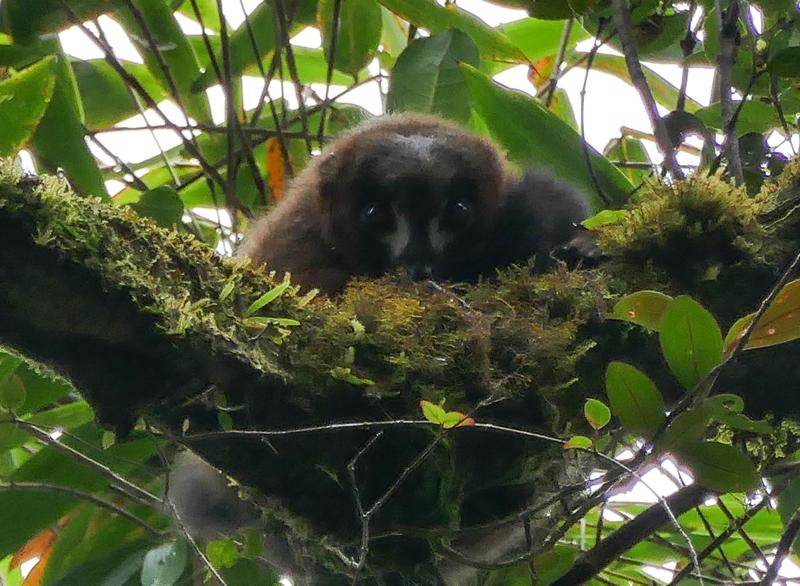
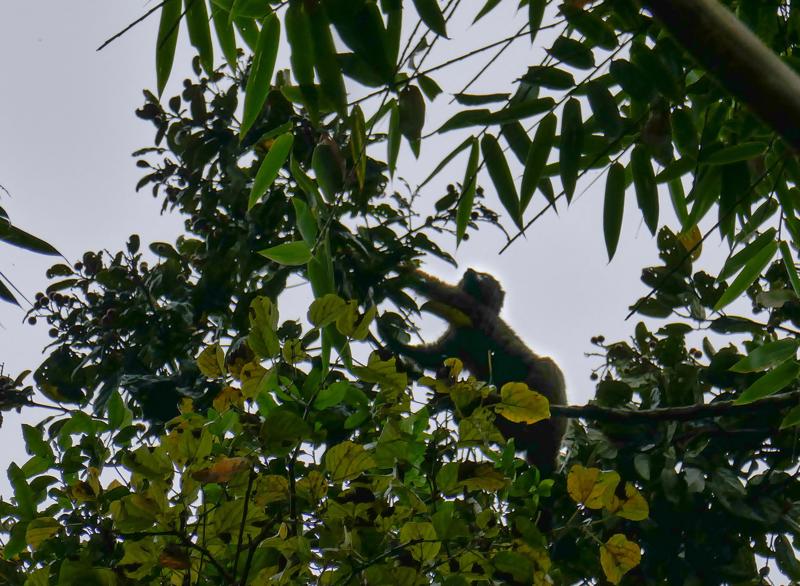
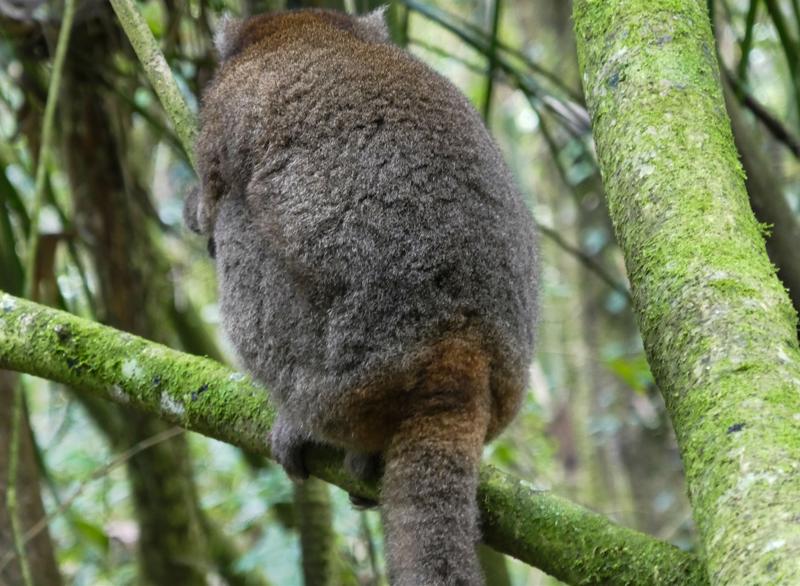
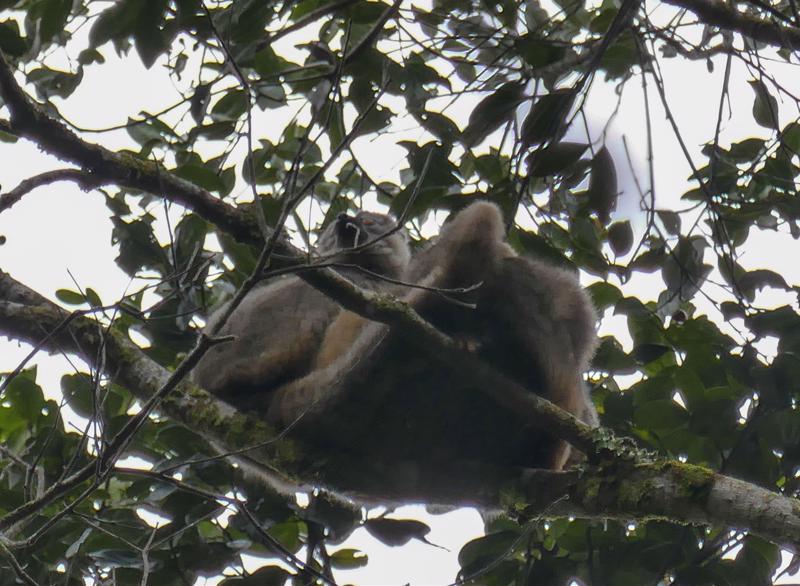
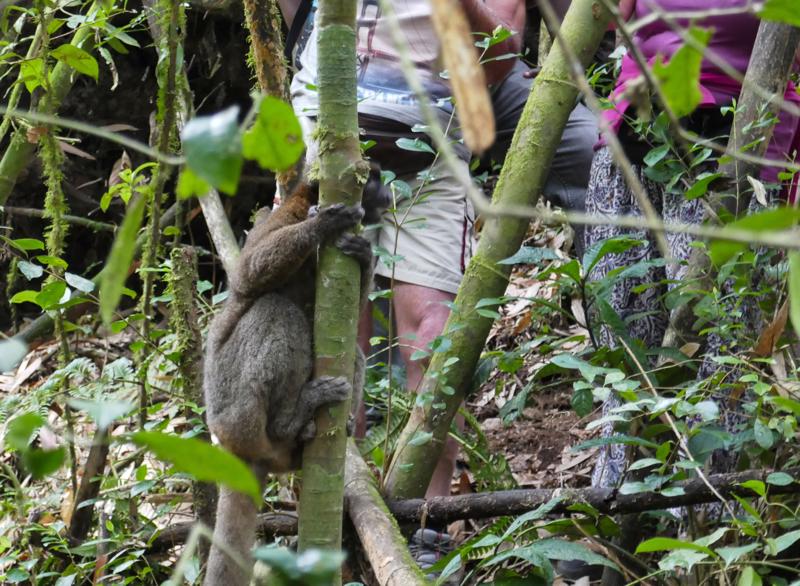
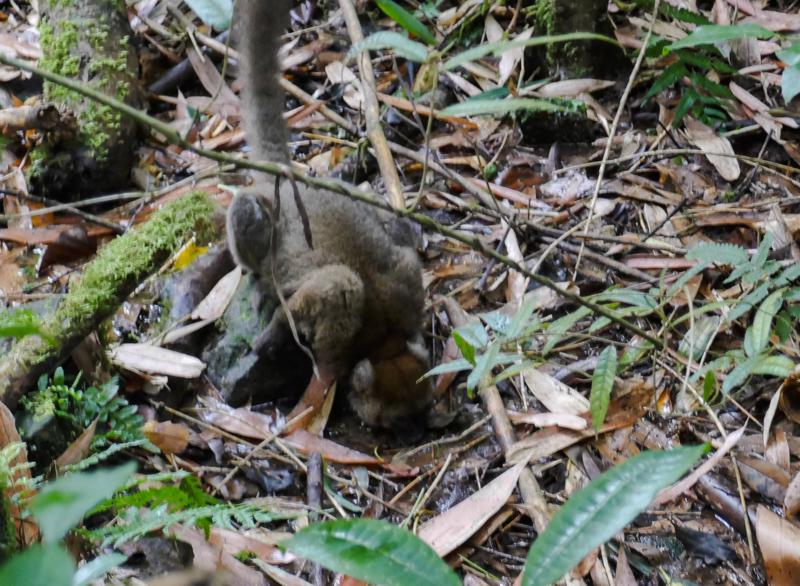
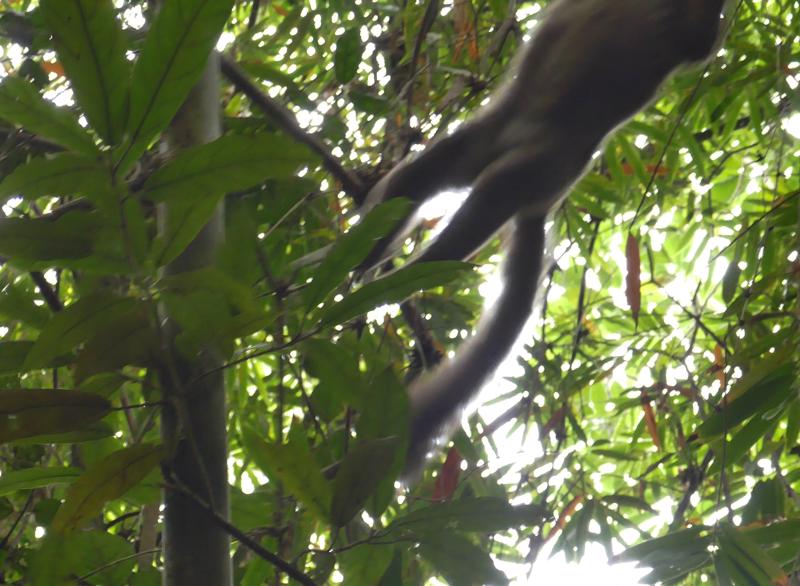

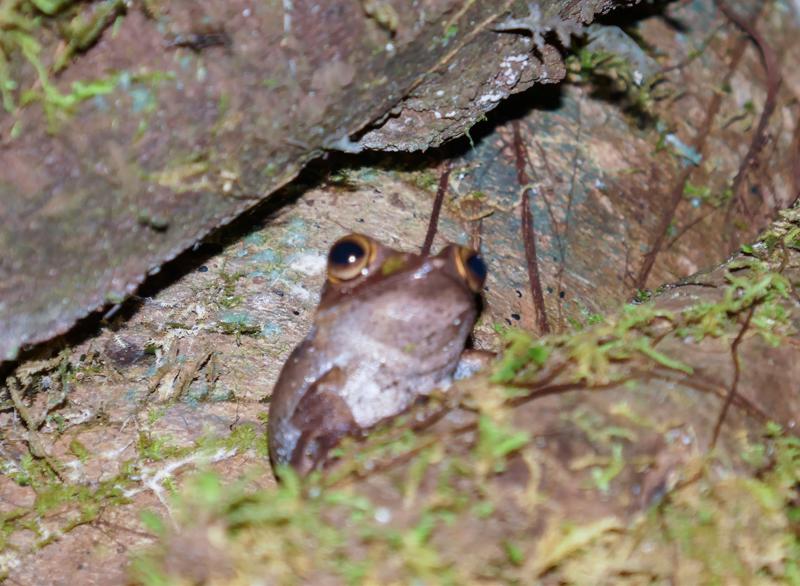
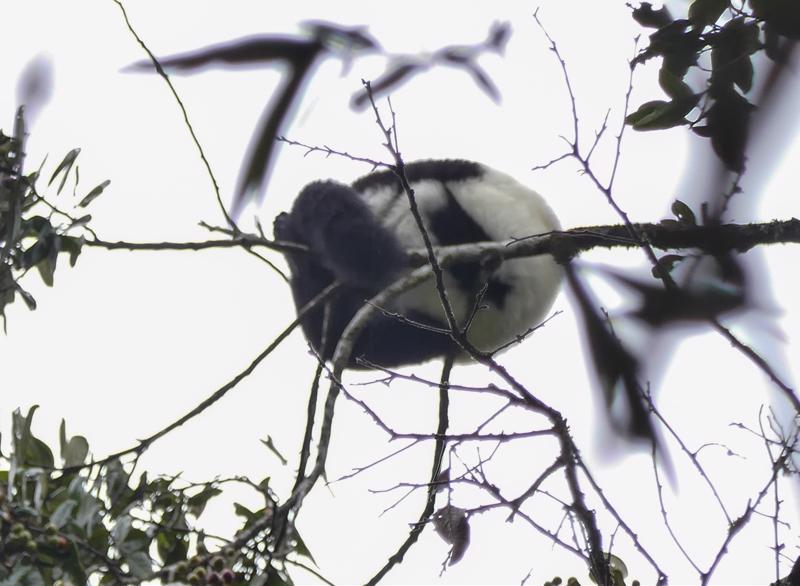
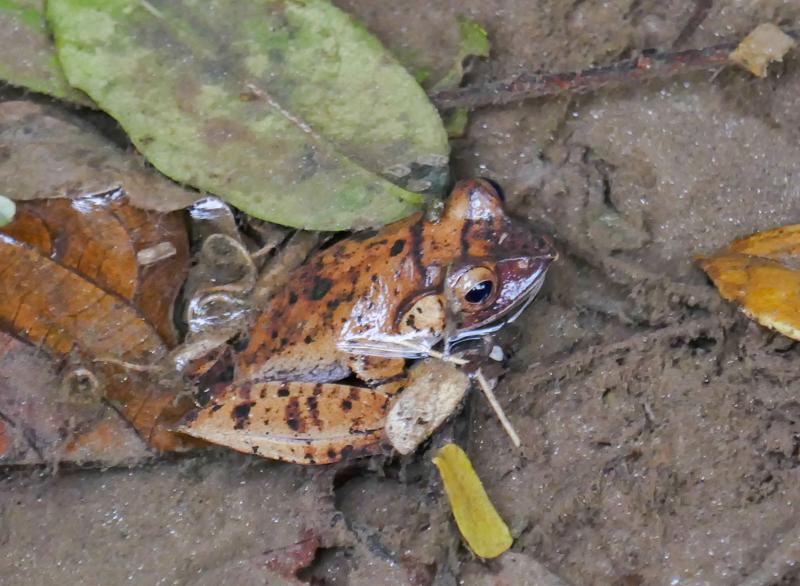
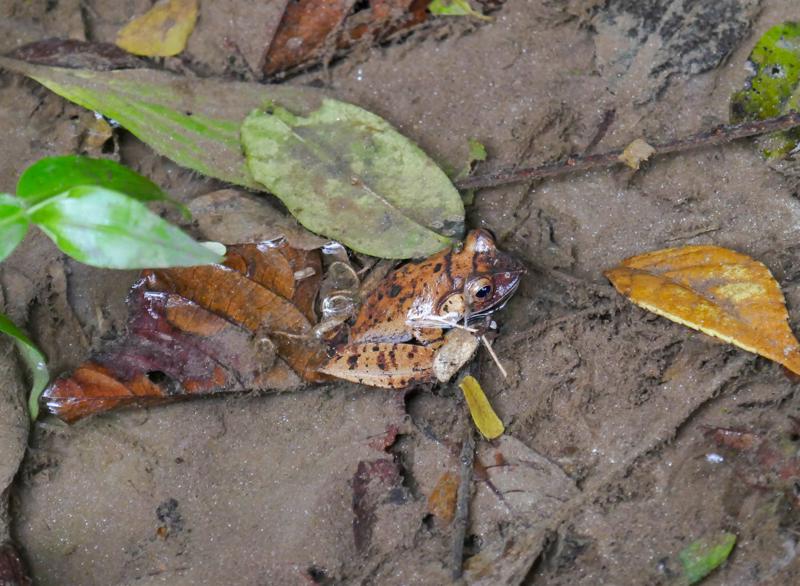


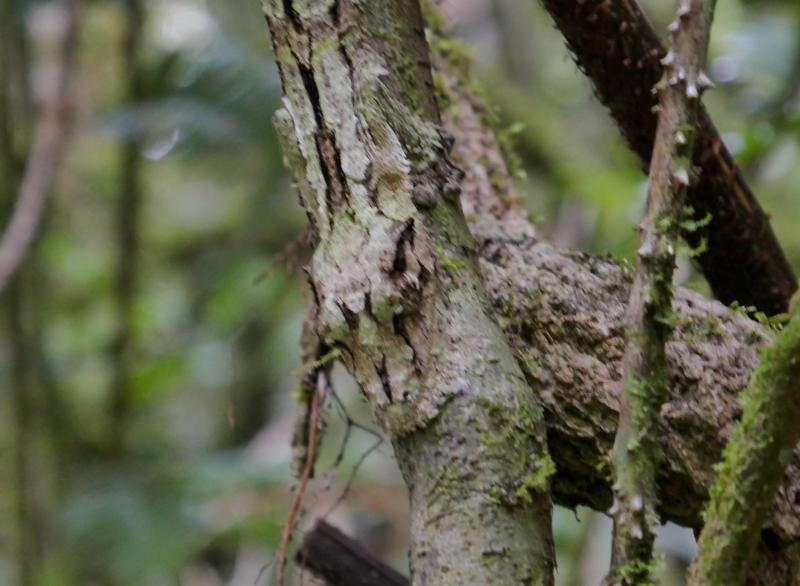
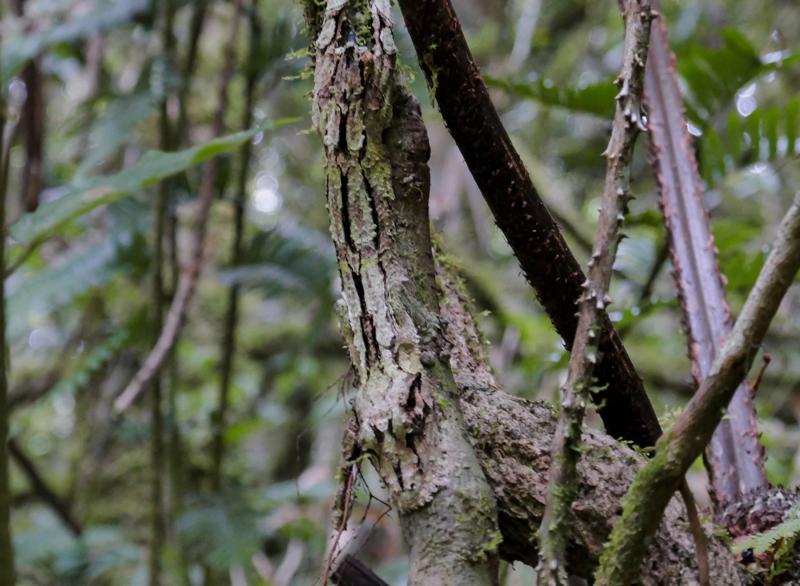
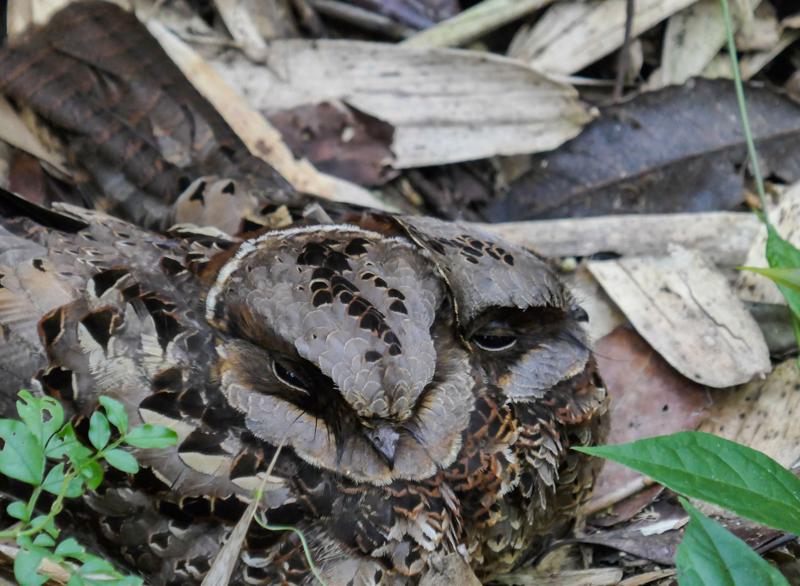
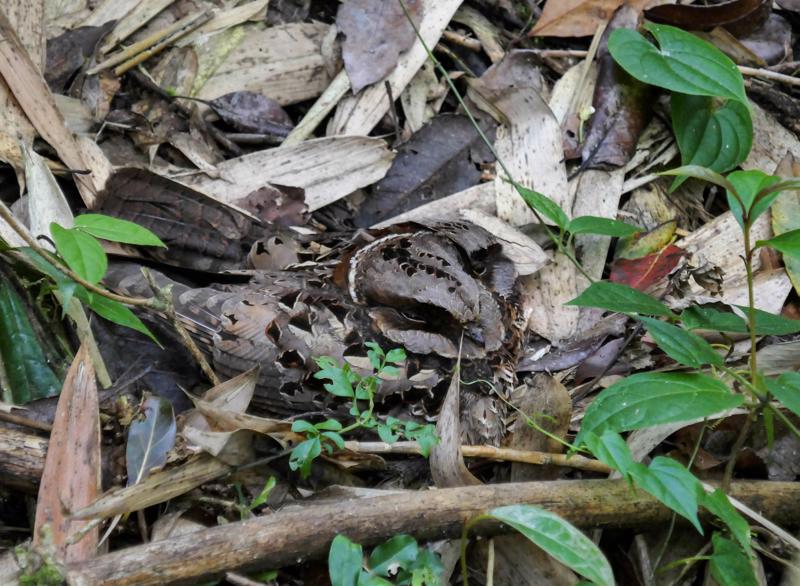
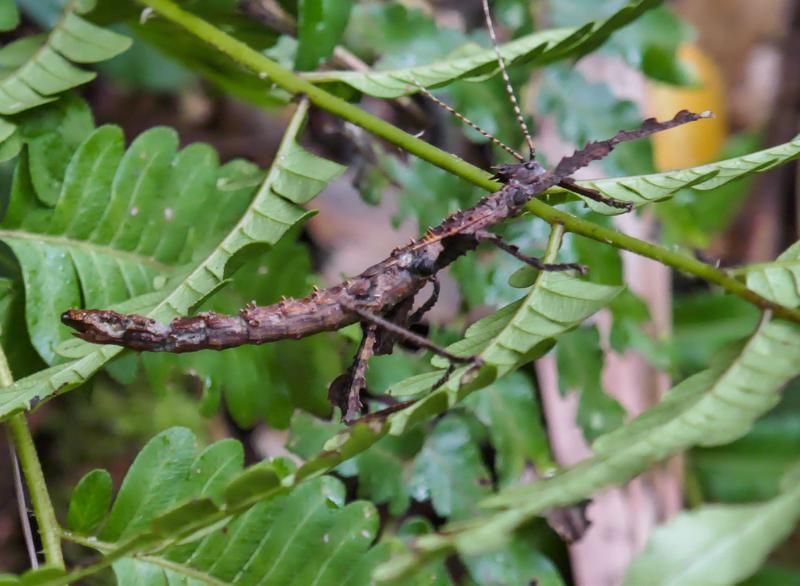
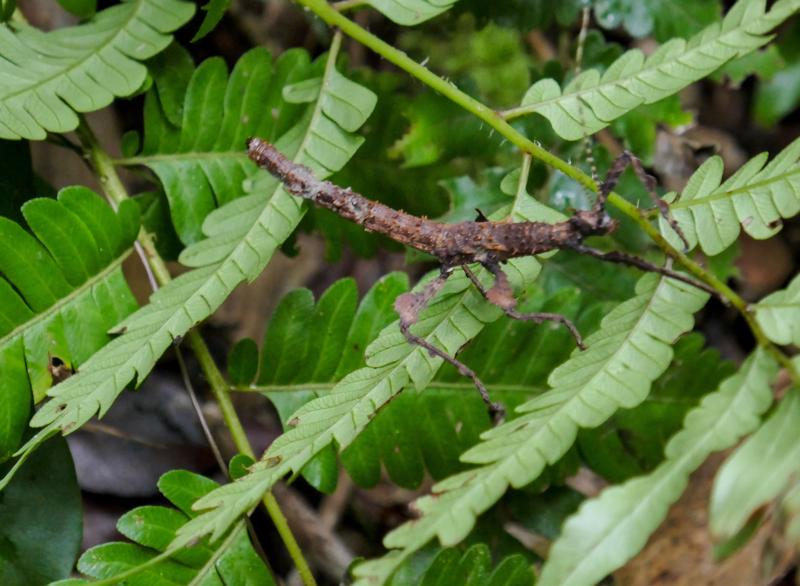


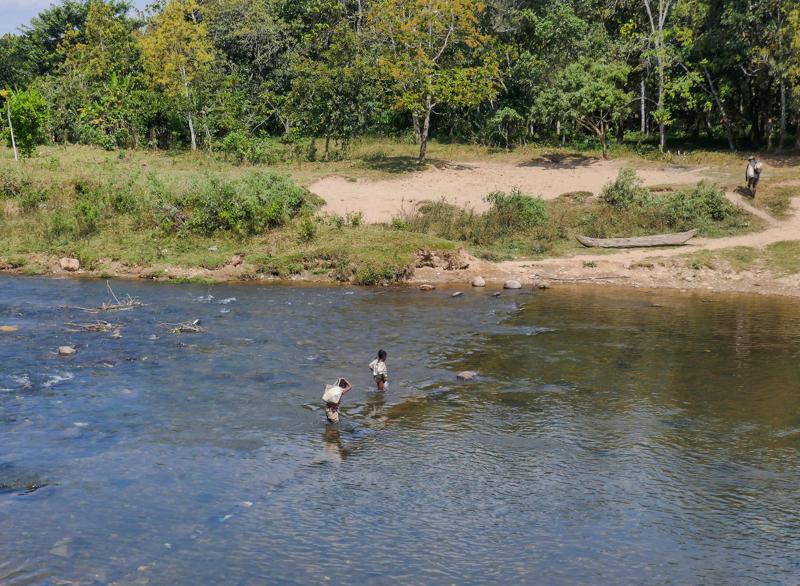
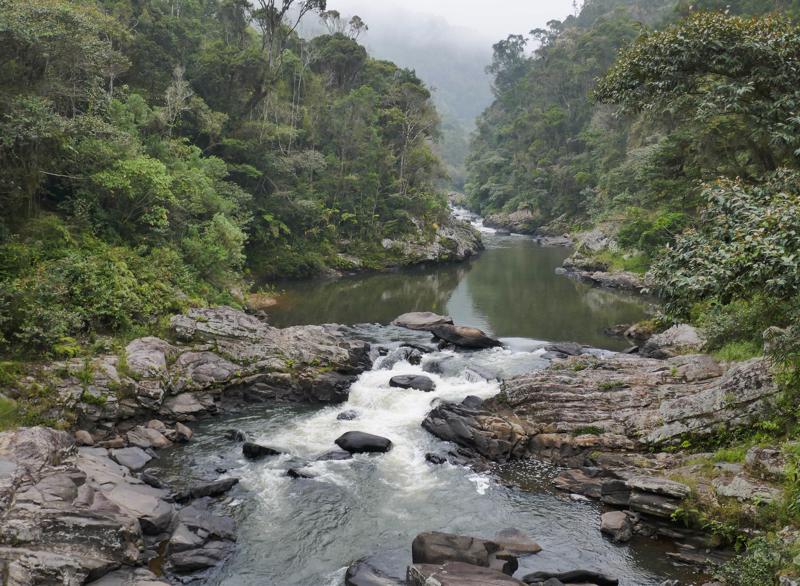
1.
[Madagascar] Chapter XIV: In which we cross the whole of South-East Africa without ever seeing it
2.
[Madagascar] Chapter XV: In which the machine of banknotes disgorges some millions of ariary
3.
[Madagascar] Chapter XVI: In which R does not seem to misunderstand in the least what is said to him
4.
[Madagascar] Chapter XVII: Showing what happened on the voyage from lemur to lemur
5.
[Madagascar] Chapter XVIII: In which a tummy, a taxi-brousse, and a city go each about its business
6.
[Madagascar] Chapter XIX: In which we take a too great interest in water, and what comes of it
7.
[Madagascar] Chapter XX: In which we come face to face with a cliff face
8.
[Madagascar] Chapter XXI: In which the master of the "Kofifi" runs great risk of gaining ariary
9.
[Madagascar] Chapter XXII: In which we find out that, even here, it is convenient to have some money
10.
[Madagascar] Chapter XXIII: In which our pause becomes outrageously long
11.
Summary of Part II and Onwards to Part III
Share your travel adventures like this!
Create your own travel blog in one step
Share with friends and family to follow your journey
Easy set up, no technical knowledge needed and unlimited storage!
© 2025 Travel Diaries. All rights reserved.